Many homes are likely to have leaking ducts, which can raise utility bills and affect airflow and air quality in your home. If you are experiencing any of these issues, we asked experts for the best way to seal ducts in walls. Here's what they had to say.
You can quickly seal ducts in walls with mastic tape if the location is accessible. Repairing ducts can be difficult because they are concealed most of the time. Leaking ducts usually result from poor material choice or installation, among other factors. If not sealed correctly, half of the air in a room will be lost, whether hot or cold.
Other sealing methods are available depending on the severity of the leak or its location (behind the wall). Keep reading as we explore ways to repair your ducts.
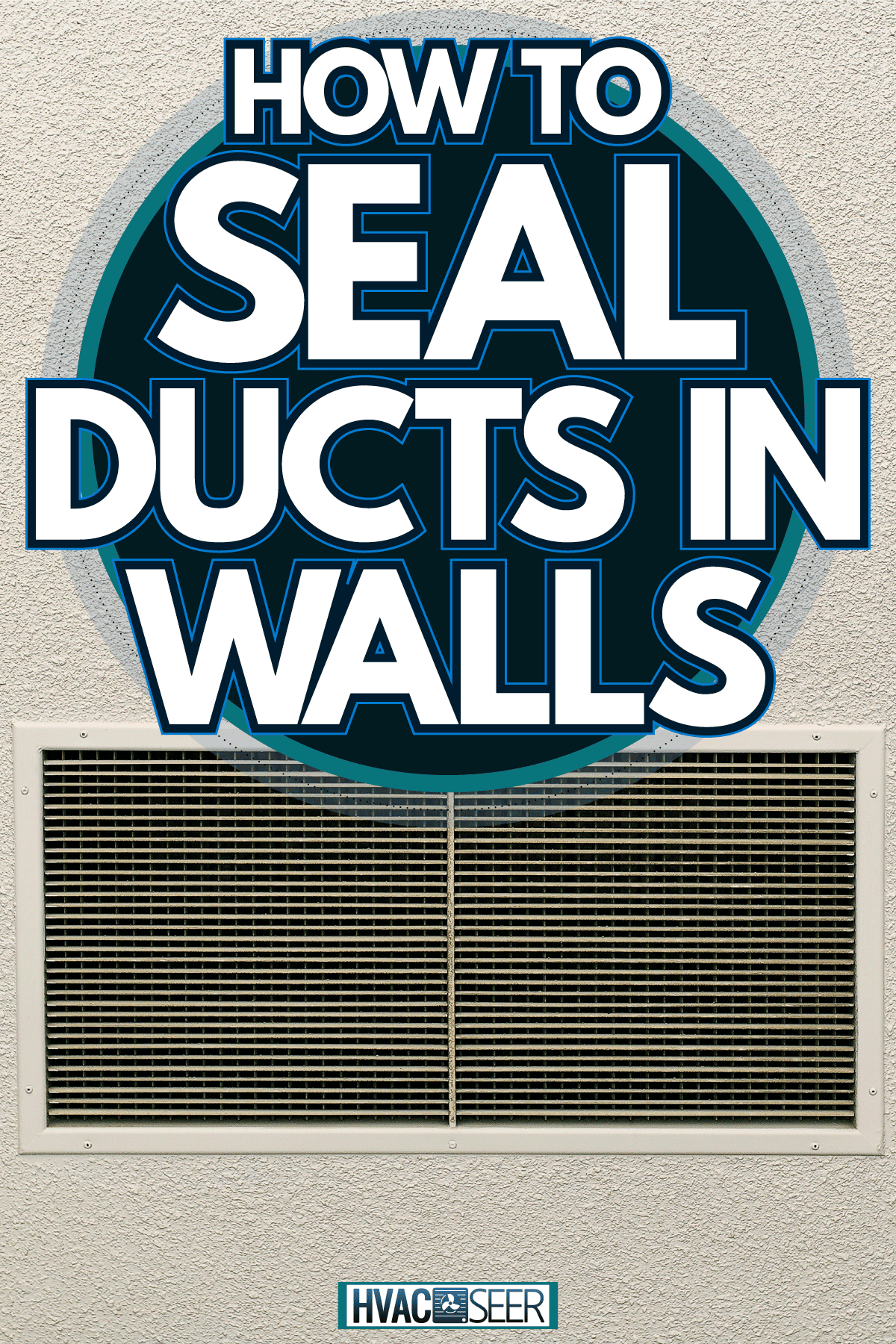
Importance of Ducts For Airflow
Your duct unit is one of the essential systems in your home. Mostly hidden but designed to supply cool and warm air generated by a furnace or air conditioner around the house. The duct system consists of a supply and a return ductwork. The supply ducts transport the warm and cold air from the HVAC system into the living rooms.
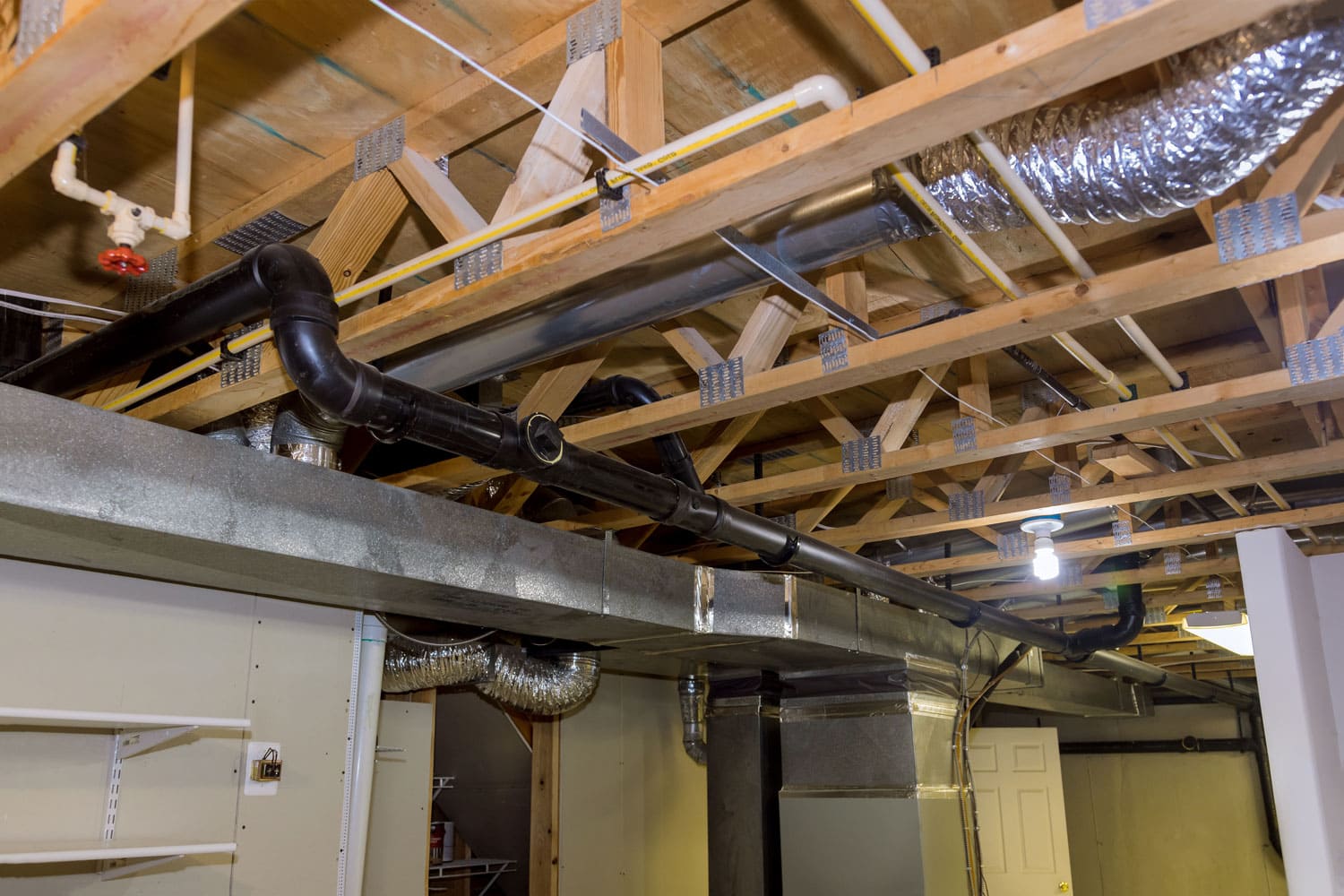
On the other hand, the return ducts are responsible for returning used air to the HVAC system. The return duct ensures that returned air is reconditioned, purified, and then distributed through the supply duct.
Benefits of Air Duct Sealing
You may have wondered if it is important to seal your ducts. The answer is yes. A duct system that is properly sealed is essential because of the following reasons:
It Provides Better Cooling and Warmth
Duct leaks obstruct airflow, meaning the right amount of air will not reach your vents. To ensure that heating and cooling are improved, proper duct sealing is recommended for overall comfort.
Prevent Wear and Tear
Like every other electronic system, HVAC units wear out over time, reducing efficiency and necessitating maintenance to keep the unit running at peak performance.
When ducts leak, the HVAC unit is forced to work harder. As a result, they run for a longer time and consume more energy. By sealing the ducts, you reduce the stress placed on the HVAC unit.
Ensures Safety
It is usual for appliances in our homes, like heaters, furnaces, and dryers, to emit combustion byproducts such as carbon monoxide through the duct system.
Backdraft can occur when your ducts leak, and these harmful gases are reintroduced indoors rather than outdoors. Because breathing in these gases can cause health problems, sealing must reduce the risk.
How to Seal Ducts In Walls
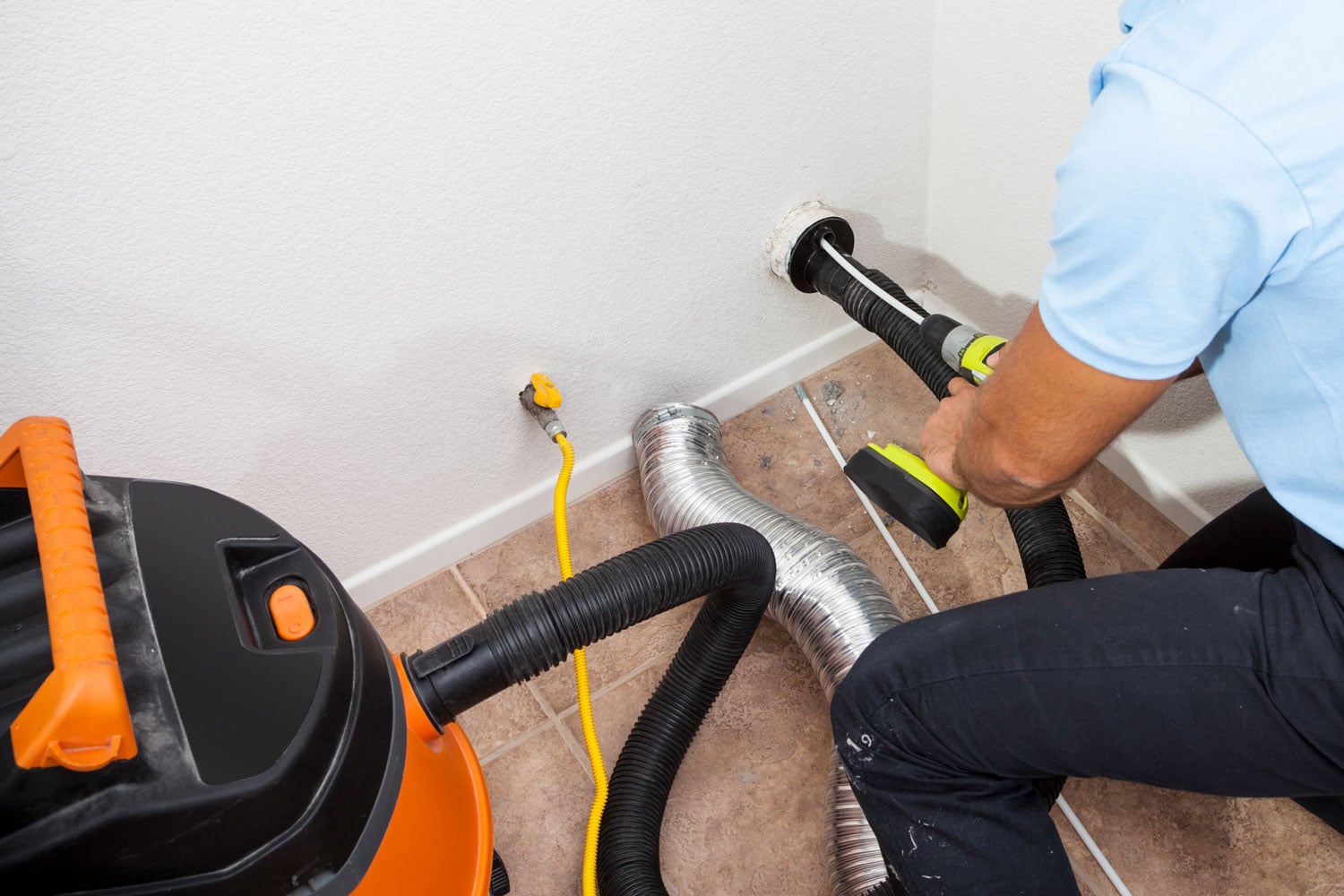
Mastic sealants and duct tapes are the best do-it-yourself option in terms of longevity and cost, but it can be difficult, especially if the leaks are behind the wall. This is where Aeroseal is needed.
Aeroseal is a high-end sealing technology that professionals use to detect and seal all leaks within a duct system. Its high performance and low air loss reduction eliminate the need to replace ducts.
First, a technician closes all vents to pressure the system and then uses a computer to locate all the duct leaks, holes, and gaps. The expert then evaluates the leakage and compares the airflow before and after. Mastic sealant is then distrusted all through the duct and vents.
Because this technology is very accurate, only the exact quantity of sealant is used, making it simple to clean. Once completed, the technician measures the percentage of leakage in the duct and compares it to the previous value.
Using Aeroseal takes only a few minutes to complete making air leaks an event of the past. You can almost notice an instant improvement in air quality after using Aeroseal.
How Do You Seal Air Vents in Walls?
Below are ways you can seal air vents in walls.
Use Plywood
- Remove the vent cover, and unscrew it if needed.
- Measure the opening left after the vent was removed and cut plywood that fits the opening. You can choose plywood that matches your home's decor.
- Screw four screws at each edge of the plywood to close the opening
- You can either paint the walls or cover the plywood with wallpaper that complements the room
Use a Vent Cover
Seal up the air vent on your wall with a vent cover which you can buy online or store near you. Measure the size of your vent and get a vent cover made of a material like mesh.
Installing a shelf just in front of the vent can be a solution, especially if it takes up a lot of space on the wall. If the vents are smaller, pictures or decorations can be used to seal the vent.
How Do I Know If My Ducts Are Leaking?
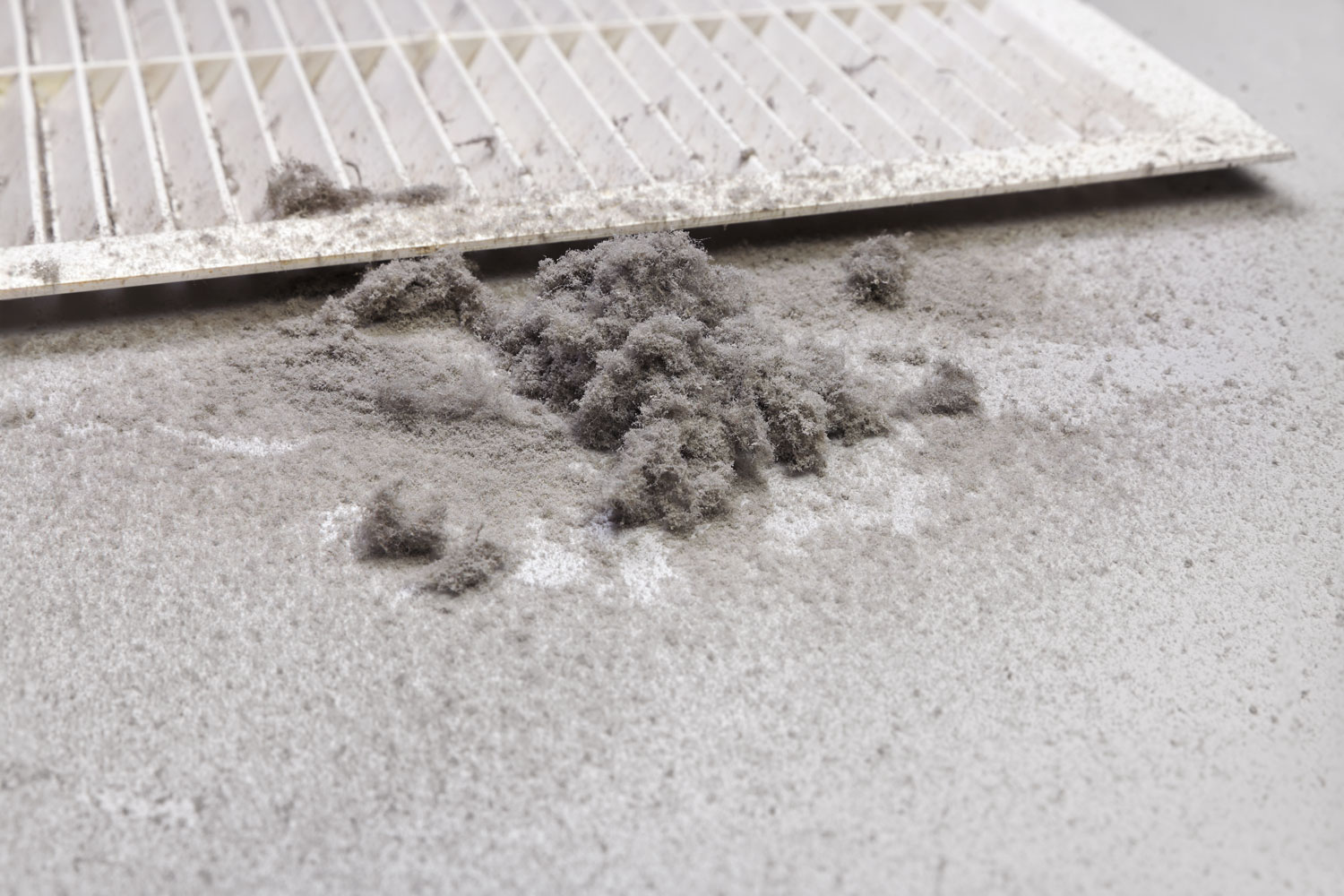
Aside from visually inspecting your duct system, some warning signs indicate a leak. You can save a lot of money, prevent health issues, and feel more at ease in your home after resolving them.
Unusually High Utility Bill
An increased utility bill is one of the fastest and most obvious ways to tell that your duct is leaking. The efficiency of your duct is affected once there is a leakage. This causes your HVAC system to work harder than expected, consuming high energy and increasing your bill.
Excessive Accumulation of Dust
It is normal to have dust settled in your home. However, if there is a need to be dusting more frequently during the day, your air ducts may have a problem.
Leaking ducts can draw unfiltered air or dust from your attic and other parts of your home, which can travel into the living area. Changing the HVAC filter will make no difference if the leaks are not fixed.
Bad Air Quality
Leaking ducts is a big deal because if the leaks bring in air from a filthy space, it will affect the quality of the air indoors. Fresh and clean air must circulate in your home; bad air can cause illnesses and interfere with your comfort.
Physically Damage in Ducts
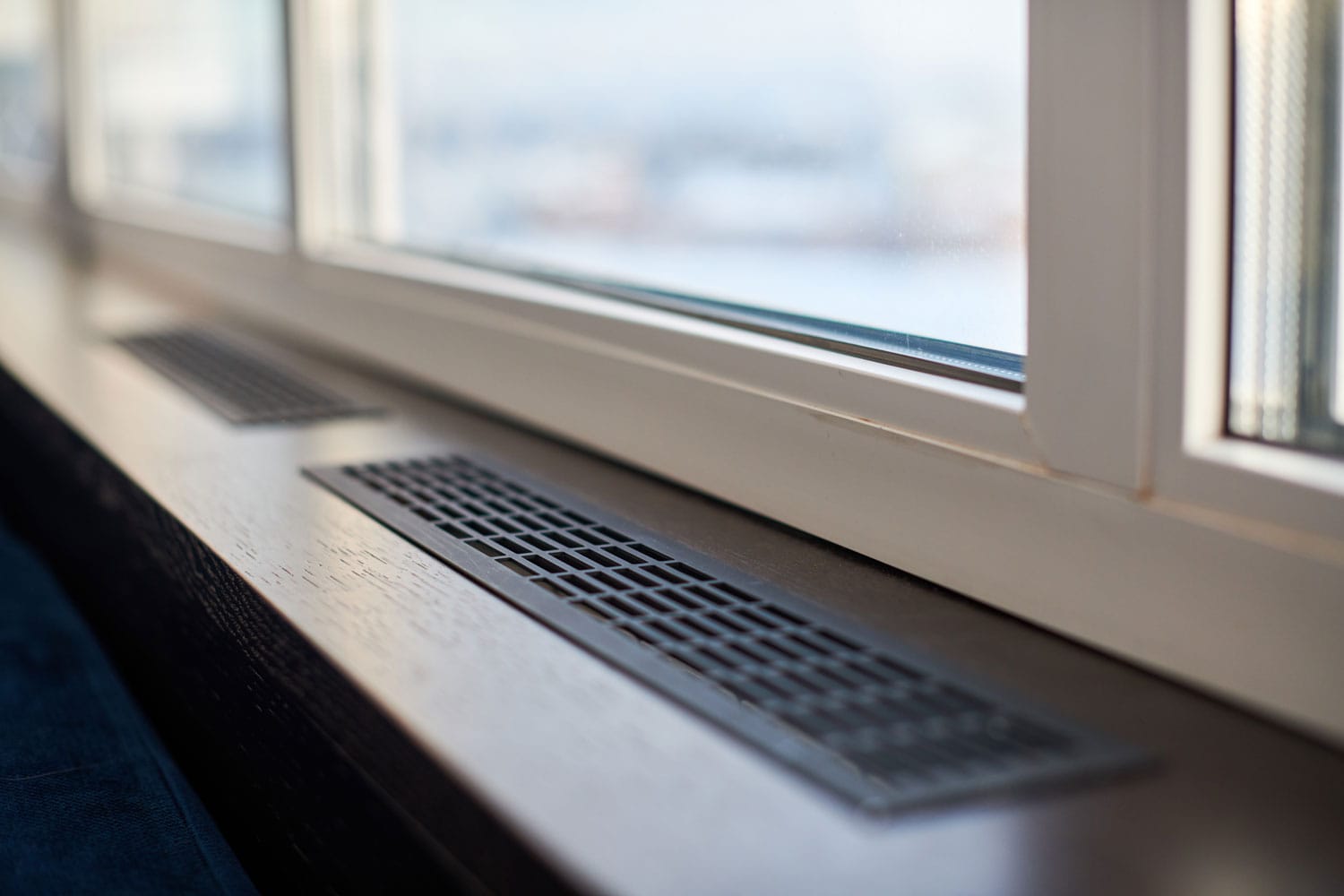
If you look at your duct system, you may notice some areas with issues. Leaks can be suspected in areas that are rusted, bent or crushed. Examine the seals on the ducts as well, and if there are tapes that are worn out, you most likely have a leaking problem.
Irregular Heating or Cooling
You may have noticed that some rooms in your home are warm during the cold season while others remain cold; this could be due to duct leaks. When the air leaks, the airflow is restricted. Therefore some rooms remain stuffy or have hot and cold corners simultaneously.
Why Do Old Houses Have Air Vents Attached to Walls?
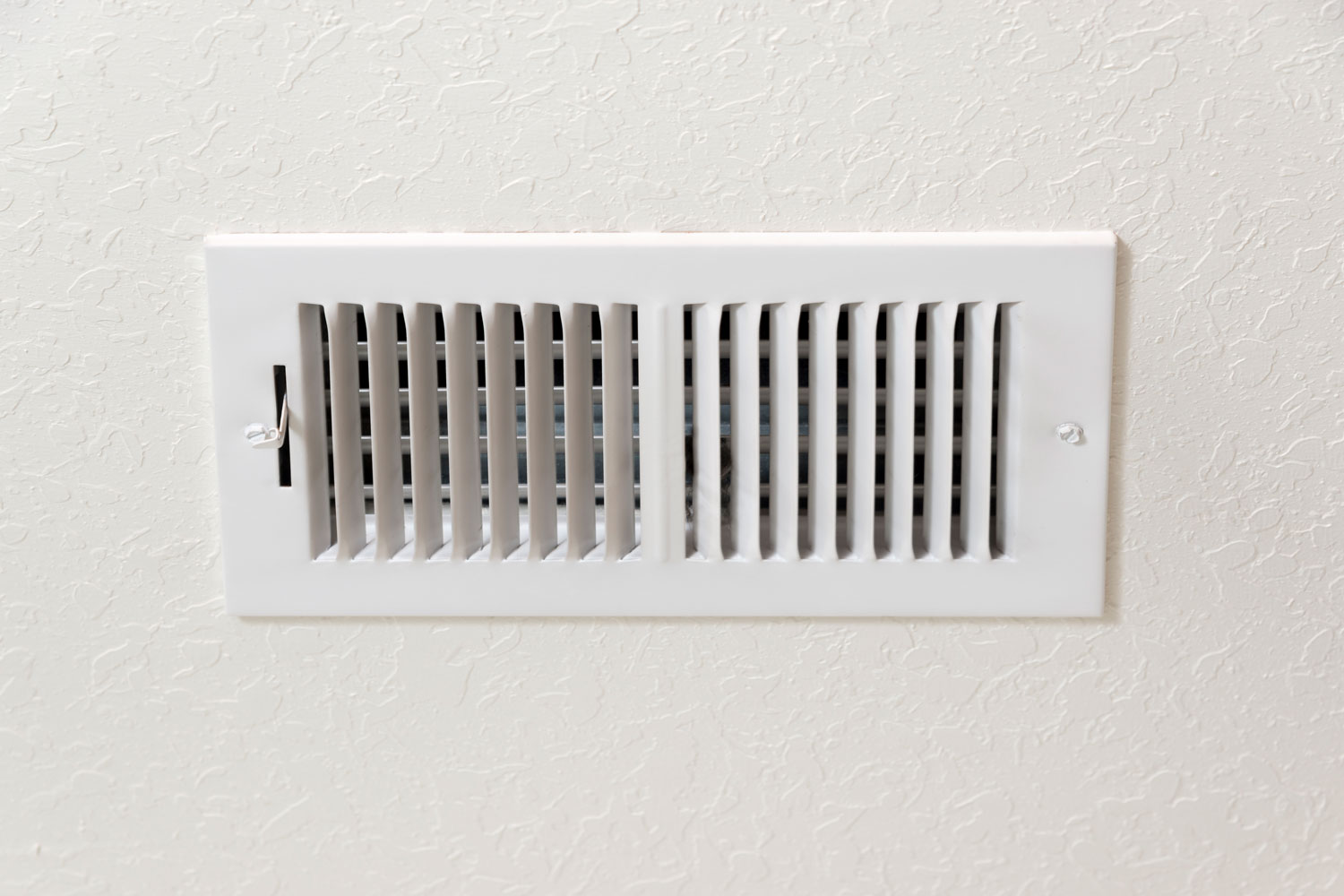
Vents attached to walls were very popular in older homes before developing advanced heating systems and air conditioning.
The vents were installed in different spots on the walls and floor, helping to regulate cold and heat and maintain the comfort and the health of the people who lived in them. Vents were attached to walls in old houses for the following reasons:
Control Moisture
The amount of moisture getting into older homes was controlled by the vents in the wall. This moisture can damage the structure of the materials used in making these homes and encourage mold growth.
Circulate Warm and Cool Air
Before adopting mechanised heating and cooling systems, older homes had air vents attached to walls that allowed heat to escape from different heat sources into other rooms during cold seasons and allowed cool air to reach different house parts in hot seasons.
What Happens if You Cover an Air Vent?
Some people believe that covering air vents will keep filtered air from flowing out. But covering your air vent can have negative consequences like the following:
Disrupts Airflow
A covered vent can not be detected by a heating or cooling system. As warm air is continually pumped into the vent, the return vent cannot pull cool air out of the room; therefore, the airflow in your room is disrupted.
Cause Pressure Buildup
Pressure can be built inside the air duct and HVAC system when air does not circulate properly in a room. This can result in a low flow of air and cracking your heat exchanger, allowing carbon monoxide into your home.
It May Result in a Waste of Energy
Pressure buildup will cause your heat exchanger to get damaged and cause leaks in the air duct. Because of this leak, more energy is consumed to keep your HVAC unit running, thereby wasting energy and increasing your bills.
Conclusion
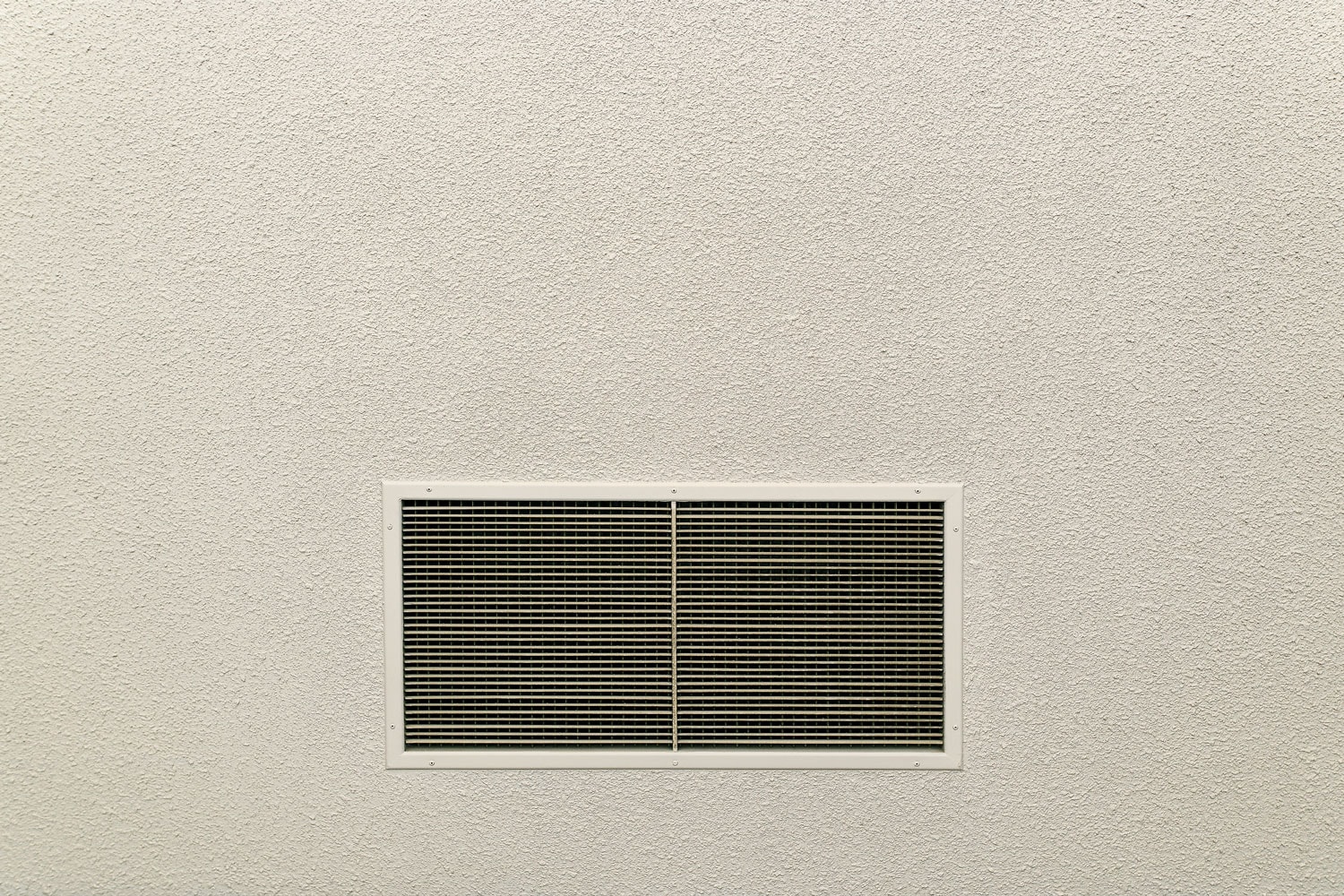
If you decide to seal your duct yourself, do not use duct tape, it does not last long. Ensure that areas of connection are properly sealed because these are typical locations for leaks and if the problem persists, call an expert.
To read more about ductwork, check out these engaging posts:
